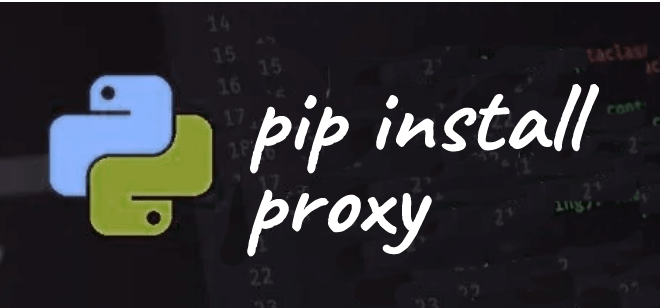

- #Install gfortran 5 in linux using pip install
- #Install gfortran 5 in linux using pip update
- #Install gfortran 5 in linux using pip software
#Install gfortran 5 in linux using pip install
# pip install -upgrade Īt this point, your tensorflow already installed. Install TensorFlow from the googleapis, please note that I’m installing the TensorFlow for Linux and CPU-support only. The source command above will change your prompt to be like this: (tensorflow) #Ĩ. Activate the Virtualenv environment by issuing following command: # source ~/tensorflow/bin/activateħ. Where “ ~” means your user home directory.Ħ.

Create a new virtualenv # virtualenv -system-site-packages ~/tensorflow Use pip (or pip3, it depends on your python version) # pip install -upgrade virtualenvĥ. Virtualenv is a virtual Python environment isolated from other Python development, incapable of interfering with or being affected by other Python programs on the same machine. On this article, I will use Virtualenv as recommended mechanism. Install TensorFlow on separated environment (as recommended by TensorFlow) with one of following mechanisms: Ensure you have install python-pip and another required packages # yum -y install gcc gcc-c++ gcc-gfortran openssl-devel libffi-devel python-pip python-devel atlas atlas-develĤ.
#Install gfortran 5 in linux using pip update
Do update the library packages first on CentOS # yum -y install epel-releaseģ. The guidelines provided by TensorFlow are only for certain OSes (Windows, OSX and Ubuntu Linux), you may refer to this link: Ģ. Install CentOS 7 (current version I use). Let’s started for the installation steps:ġ. Okay, I think enough for the introduction. Please don’t ask me why I was not learning it since beginning.
#Install gfortran 5 in linux using pip software
From its official site, TensorFlow™ is an open source software library for high performance numerical computation, which allows easy deployment of computation across a variety of platforms (CPUs, GPUs, TPUs), and from desktops to clusters of servers to mobile and edge device.īut, why TensorFlow? Actually, the first time I’ve heard about this ‘thing’ was around 2 years ago from my startup colleague (She was the CEO/Co-Founder) and she asked me to learn more about TensorFlow to be implemented in our product at that time. TensorFlow™ is an open source Machine Learning framework released by Google. Yes, installing TensorFlow -which based on python- on CentOS 7 (Linux). Here is the first thing I do to know more about ML and Python. They use yum as the high-level package manager and rpm as the low-level one. Amazon Linux also belongs to this family. The Red Hat family, such as Red Hat Enterprise Linux (RHEL) and CentOS. They use apt as the high-level package manager and dpkg as the low-level one. I’m starting curious about Machine Learning (ML) and also Python in past recent days. The Debian family, such as Debian GNU/Linux and Ubuntu.


 0 kommentar(er)
0 kommentar(er)
